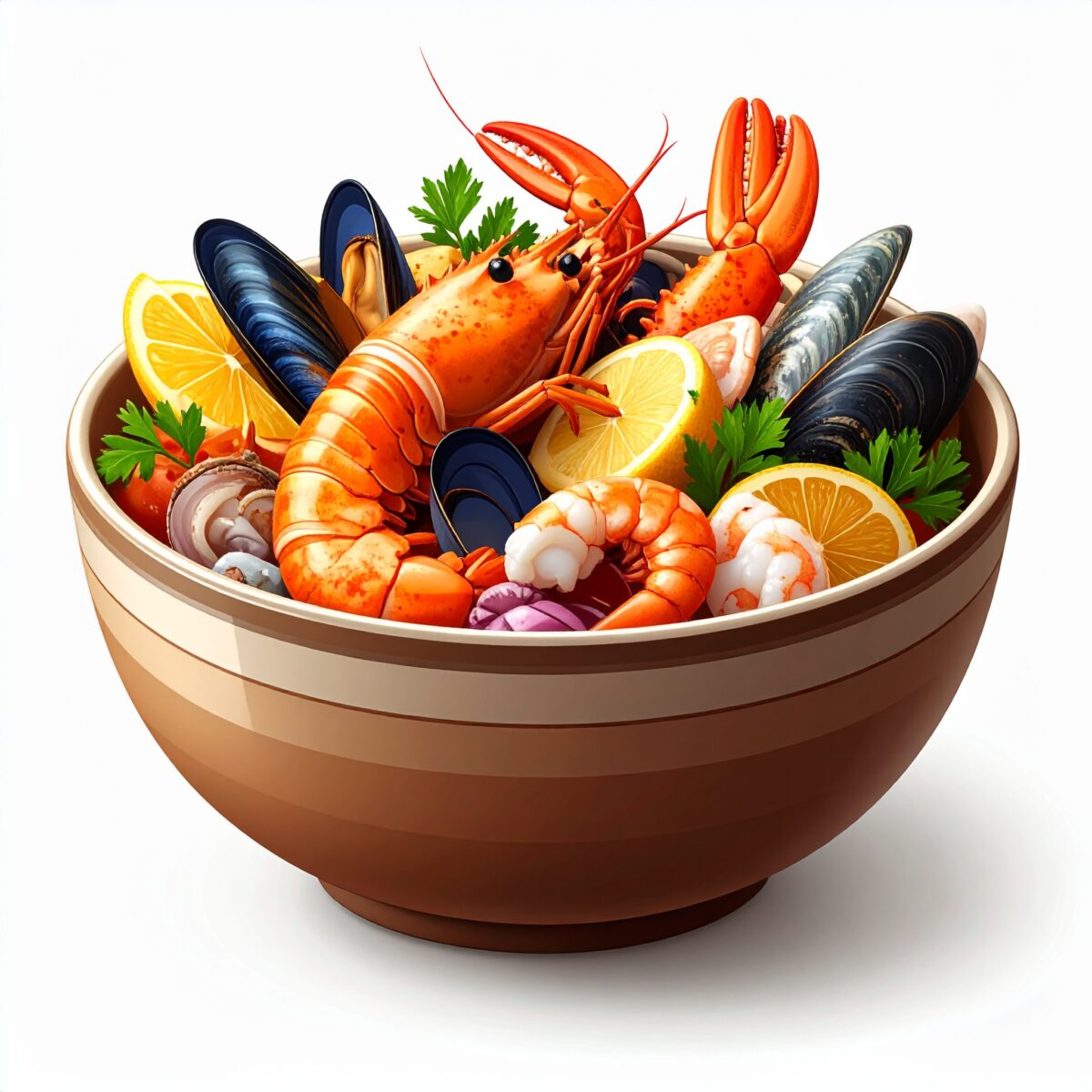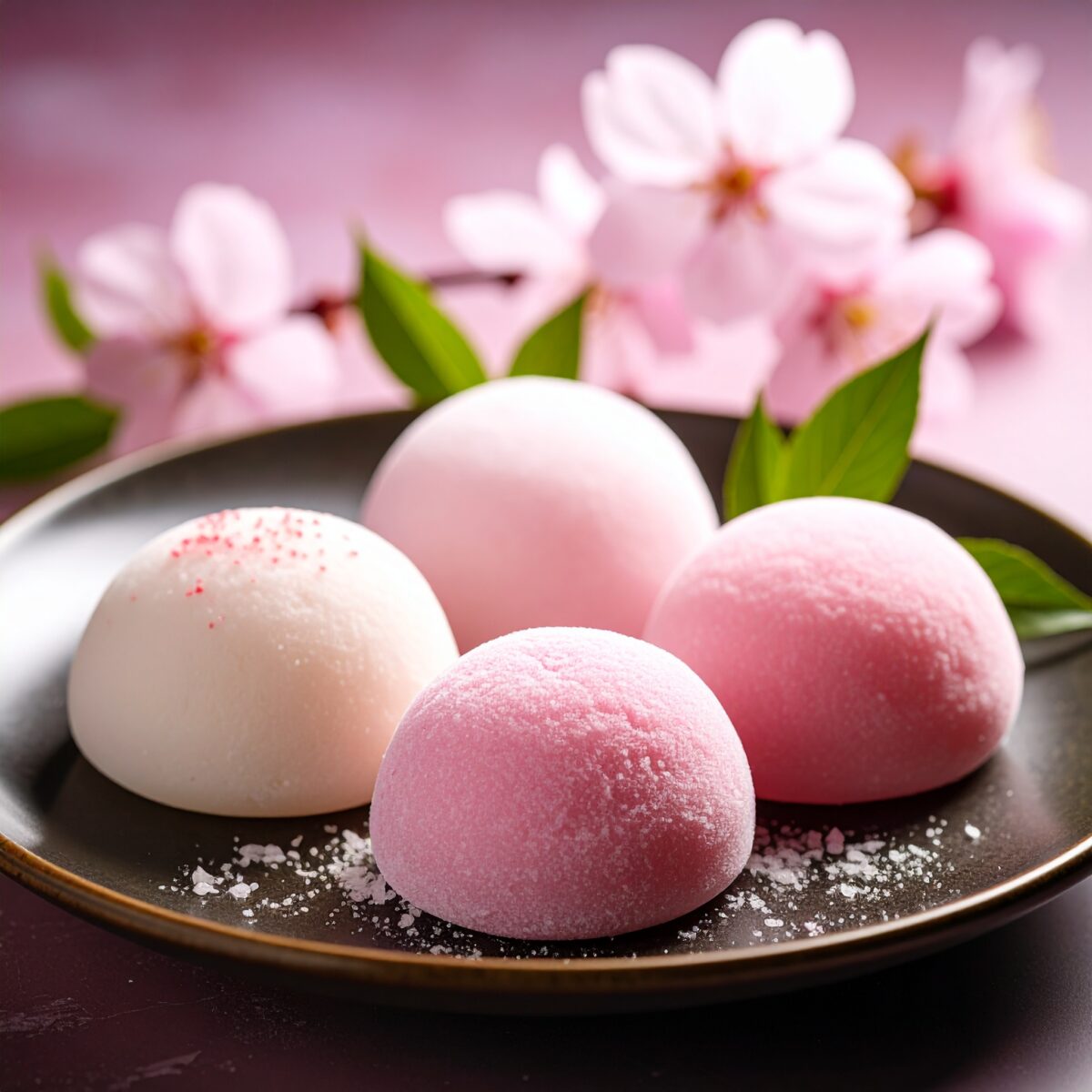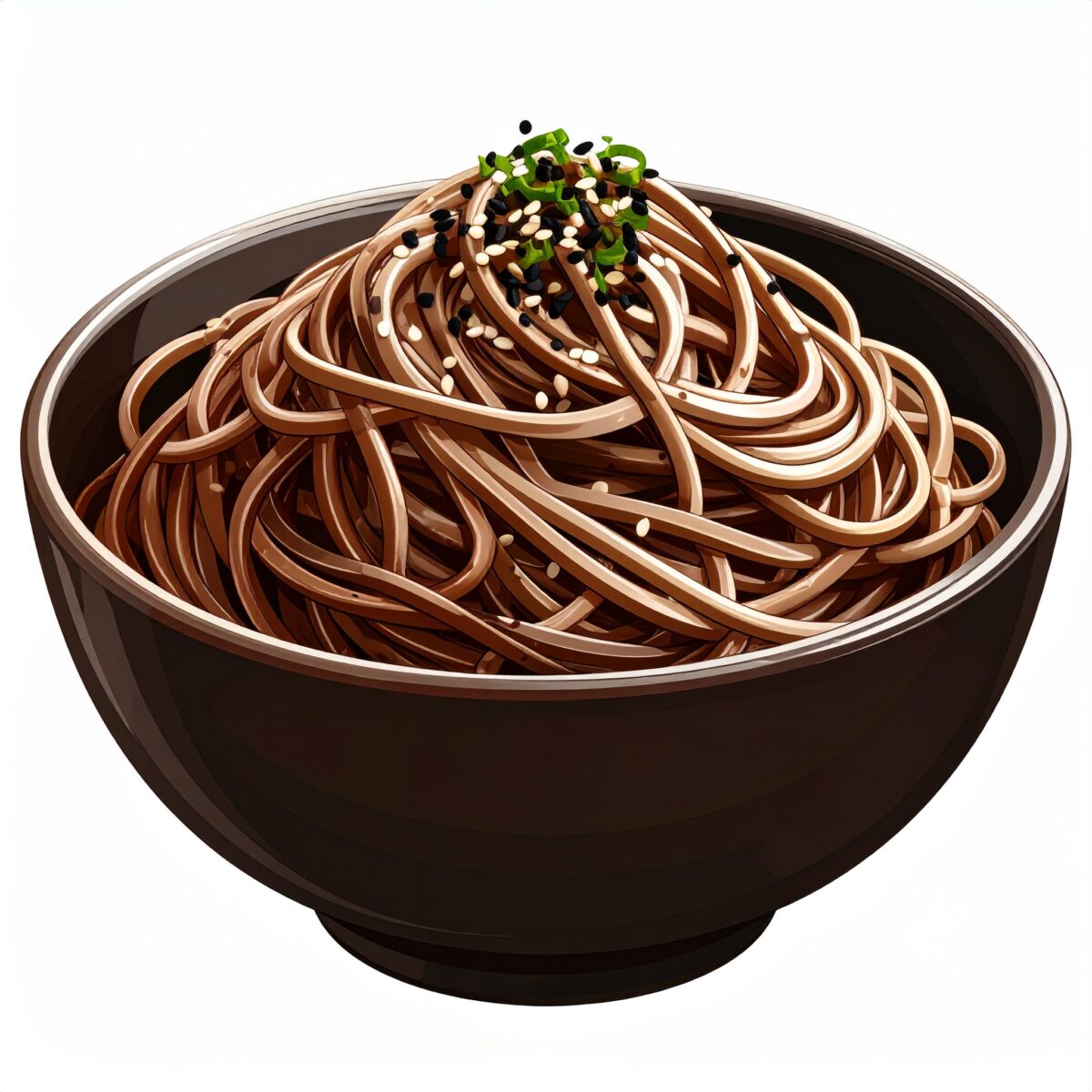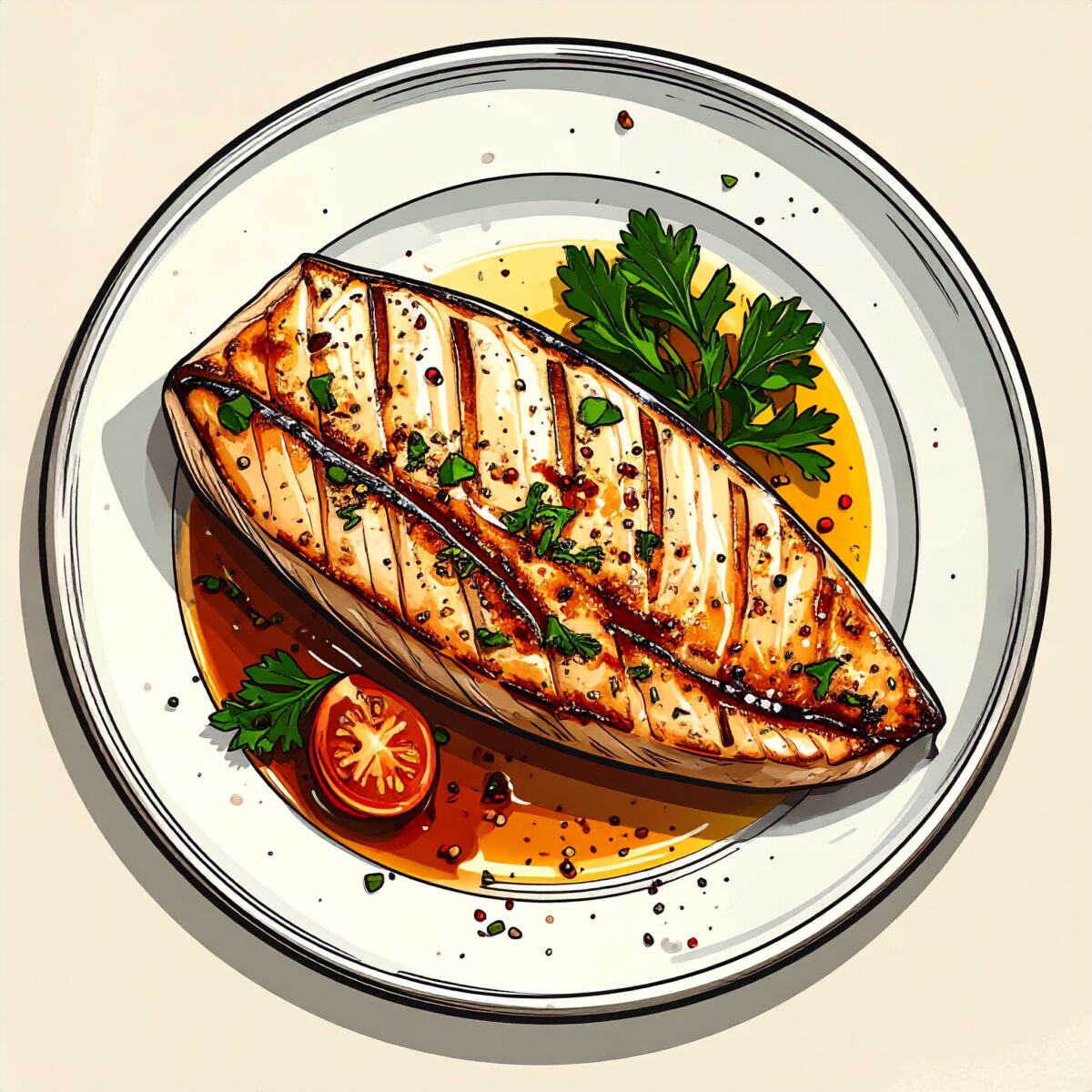Beauty in Restraint: The Art of Japanese Presentation Through Space
One of the first impressions one encounters in Japanese cuisine is its profound sense of stillness. Despite the vivid colors and delicate variety of ingredients, the overall impression is not of exuberance, but of restraint. The beauty lies not in abundance, but in...
Precision in Every Second: The Artisanal Discipline Behind Japanese Ramen
Beneath the rising steam of a single bowl lies a world of meticulous technique and instantaneous judgment. Every movement, every second, is carefully orchestrated in the mind of the ramen artisan. Though often perceived as a humble, everyday meal, ramen in Japan is in...
The New Purity: Ramen Redefined Through Subtraction and Zero Additives
There was a time when the excellence of ramen was measured in richness and impact. Bold broths, layers of fat, and lingering intensity were praised as hallmarks of satisfaction—even the thirst that followed was seen as a testament to the bowl’s power. But today, that...
Why Only 100 Bowls a Day: Ramen as Philosophy, Not Mass Production
In the food industry, the term "limited" is often employed as a marketing strategy—limited quantities, limited time, limited locations—designed to generate urgency through scarcity. But in the world of Japanese ramen, when a shop declares "100 bowls per day," the...
The Ramen Counter as a Stage: Japanese Hospitality and Spatial Precision
There is a unique tension and energy that defines the atmosphere of a Japanese ramen shop. Upon entering a counter-style establishment—where the kitchen faces the diners directly—one is often struck by the sensation of stepping not merely into a restaurant, but onto a...
From Soy Sauce to Miso and Salt: The Refined Origins of Ramen and Japan’s Evolving Dashi Culture
Today, ramen is beloved across the globe—a true emblem of Japanese culinary identity. Its diversity is staggering: from rich tonkotsu broths and dried sardine infusions to creamy chicken paitan and seafood-based double soups, alongside the classic flavor profiles of...
Morning Indulgence in Sapporo: Savoring a Seafood Bowl at Sunrise
Mornings while traveling offer a rare kind of freedom—a serene departure from the everyday. Wrapped in the quiet anticipation of discovery, one breathes in the unfamiliar air, walking through hushed streets toward one of the most anticipated moments of the day:...
Savoring the Seasons: Why Cherry Blossom Mochi Resonates So Deeply in the Season of Sakura
As spring quietly draws near, soft pink confections begin to grace the windows of traditional wagashi shops—sakura mochi. With its gently fragrant cherry leaf, pastel-hued exterior, and silky smooth red bean filling, this delicate sweet offers more than taste; it...
Izumo Soba of Shimane: A Living Cultural Legacy in the Art of Buckwheat Noodles
Within Japan’s rich noodle tradition, soba (buckwheat noodles) stands out for its deep regional character—each locale preserving its own methods and rituals. Among them, Izumo Soba, rooted in the San’in region of Shimane Prefecture, emerges as a culinary heritage that...
The Primal Culinary Experience of Fire and Smoke: Exploring Kochi’s “Katsuo no Tataki”
What lies at the origin of true culinary artistry? In an age where professional kitchens are outfitted with multi-functional equipment, precision temperature controls, and scientific analysis, it is often the elemental experiences—crackling fire, fragrant smoke, and...
The Story Within the Noodles: Depth Through the Art of House-Made Ramen
From ramen and udon to soba and pasta, noodles are cherished across the globe as a staple food. Yet in Japan, noodles hold a place beyond mere carbohydrates—they are cultural expressions in their own right. In the world of ramen, where broth and tare once reigned...
Soul in a Bowl: The Artistry of Ramen Broth by Master Craftsmen
Rising from the bowl, the steam carries layers of aroma, umami, warmth, and memory. Though ramen is a beloved staple across Japan—a true national comfort—it is also an intensely personal canvas, where the individuality of the chef is most vividly expressed. At the...
Mindful Dining: The Meditative Presence of Japanese Cuisine
Modern life unfolds at a relentless pace, driven by imperatives like “next,” “faster,” and “simultaneous.” In such a landscape, the simple act of pausing—to anchor oneself in the present—has become a quietly profound form of luxury. Meditation, deep breathing, and...
Cuisine as Landscape: Nature and Culture Reflected on a Plate
To say that cuisine is something to be tasted seems self-evident, almost unquestionable. Yet within Japanese culinary philosophy lies a more nuanced, poetic perspective: the belief that cuisine is landscape. Each dish is a quiet tableau—capturing the transitions of...
Kumamoto’s Basashi Tradition: A Culinary Heritage Beyond Cultural Boundaries
Japanese cuisine is a mosaic of regional identities—shaped by the mountains and the sea, by subtle variations in seasoning, and by an intimate dialogue with climate and seasonality. Among these culinary expressions, Kumamoto’s deep-rooted basashi (raw horse meat)...



















